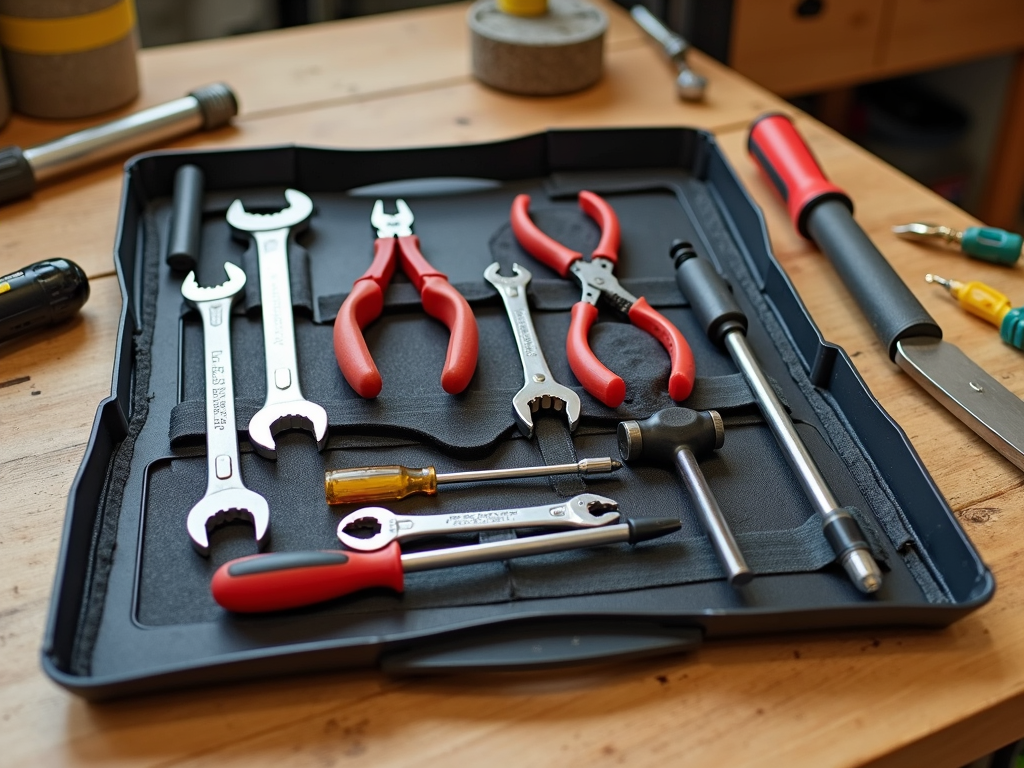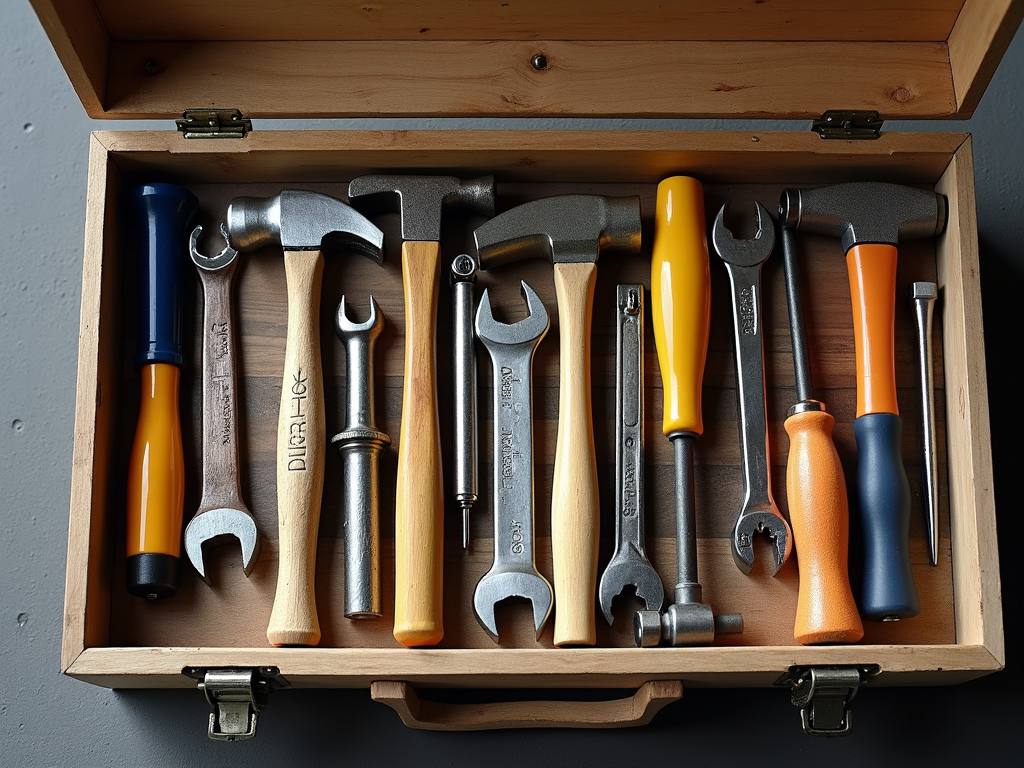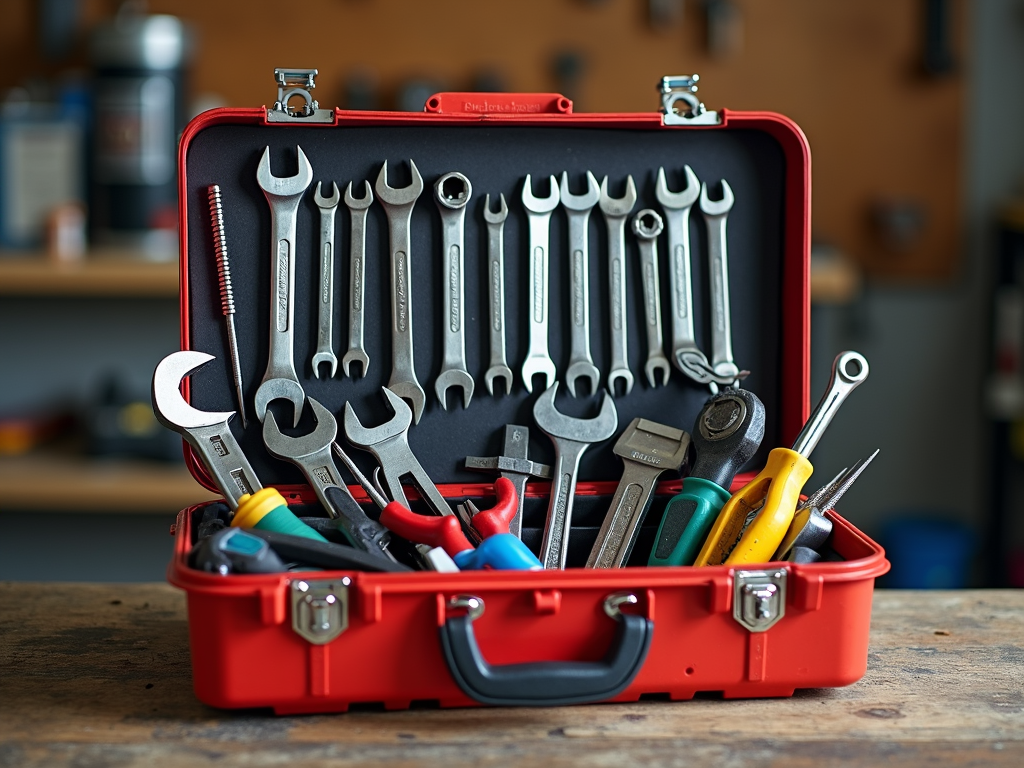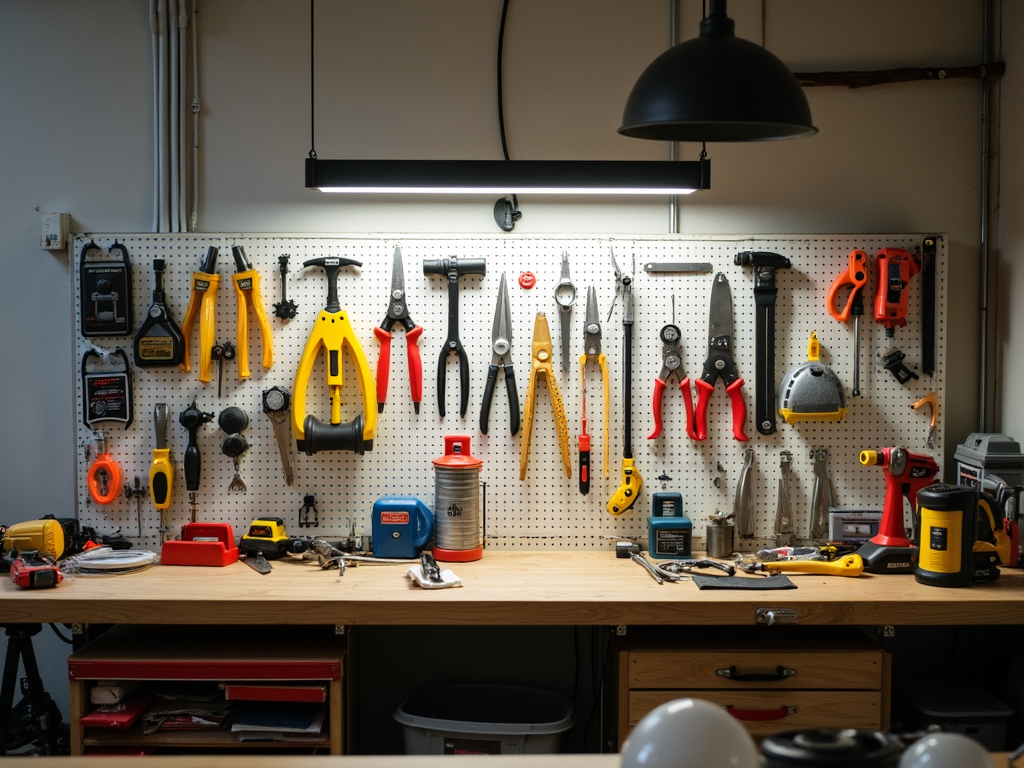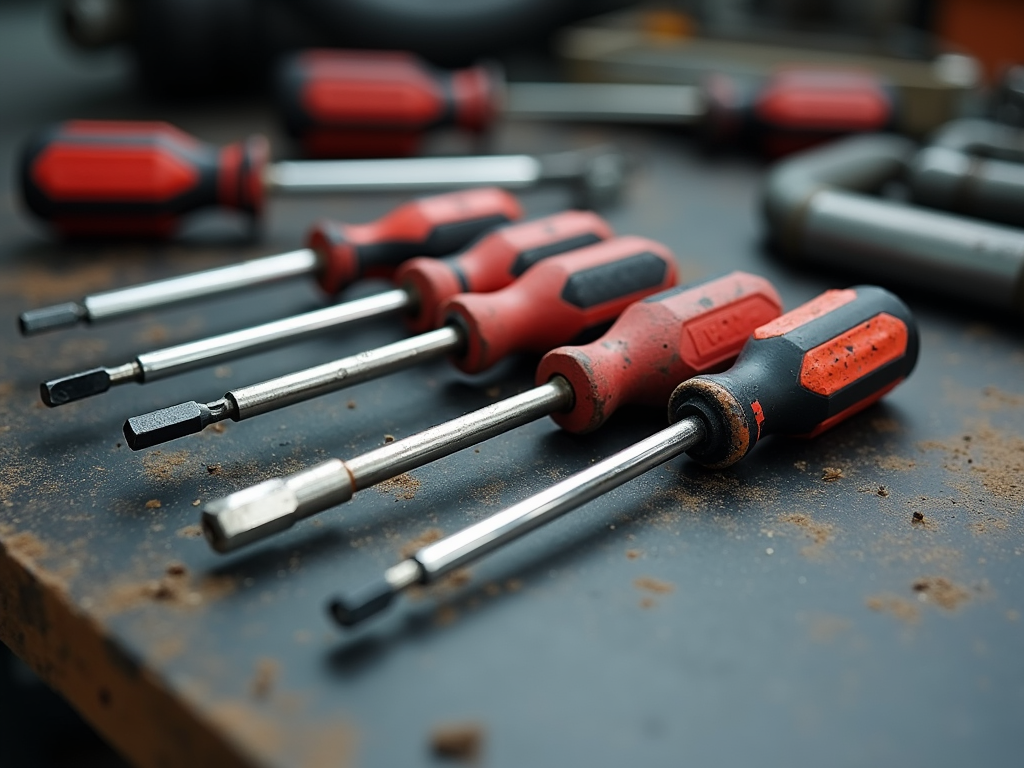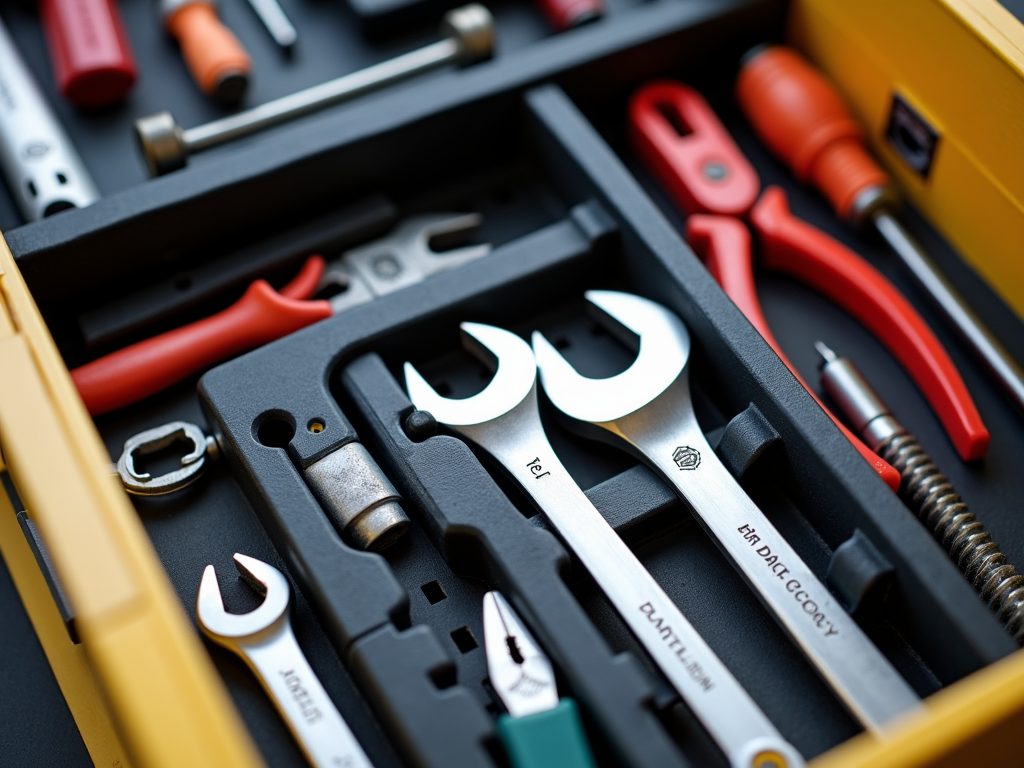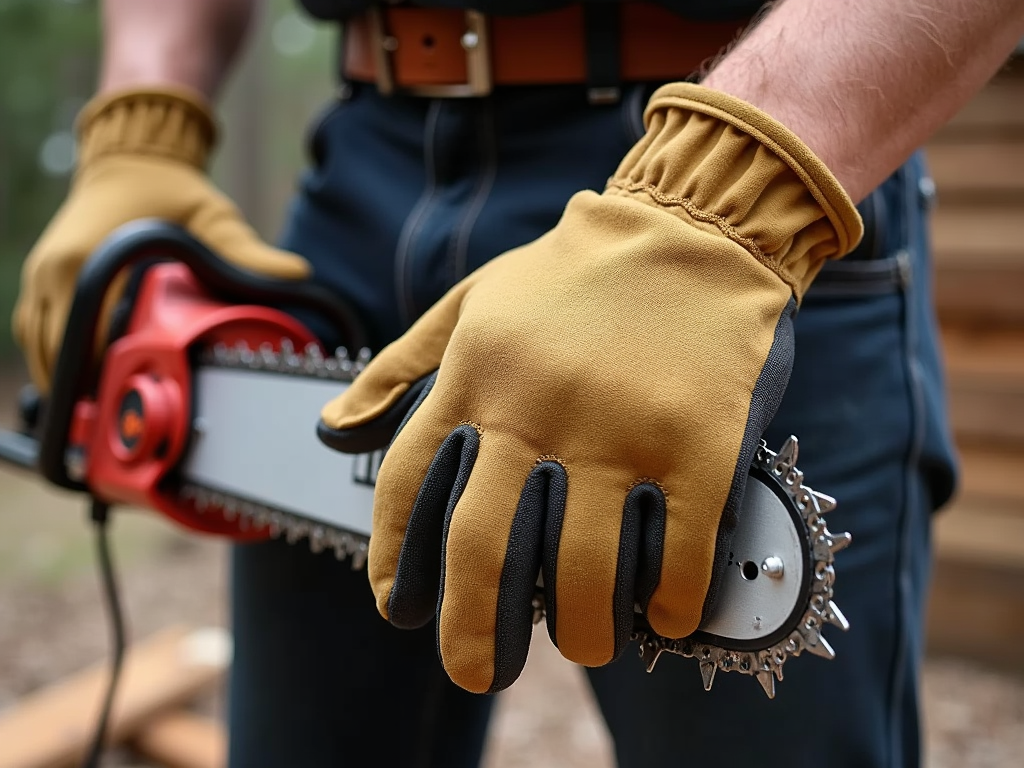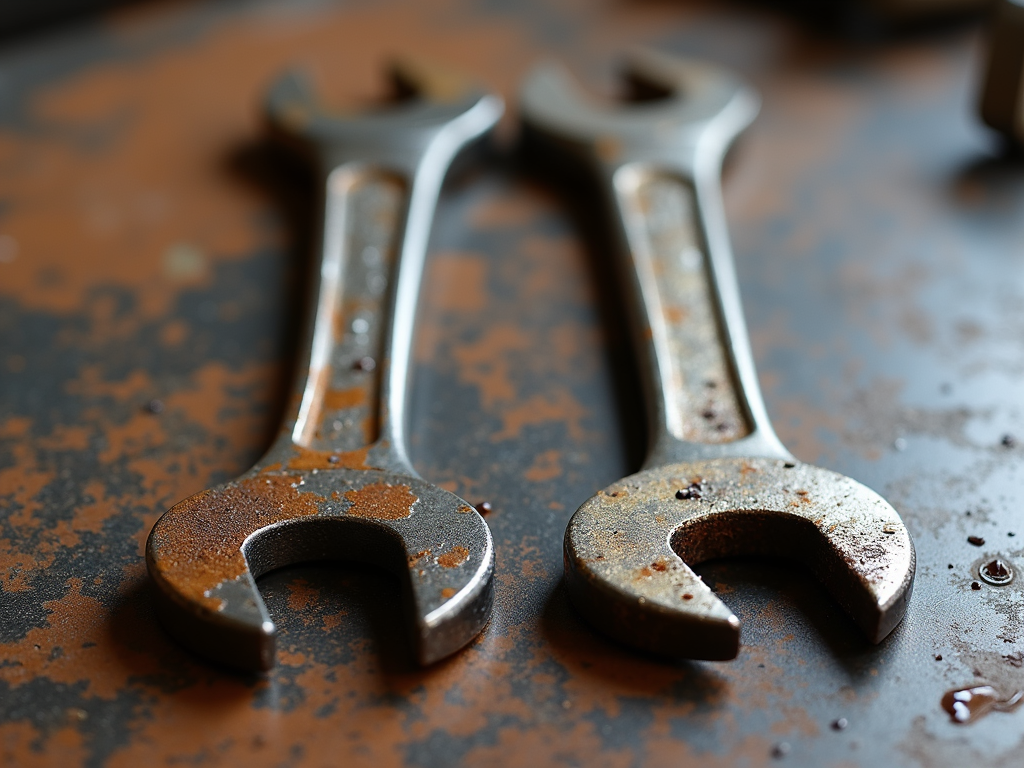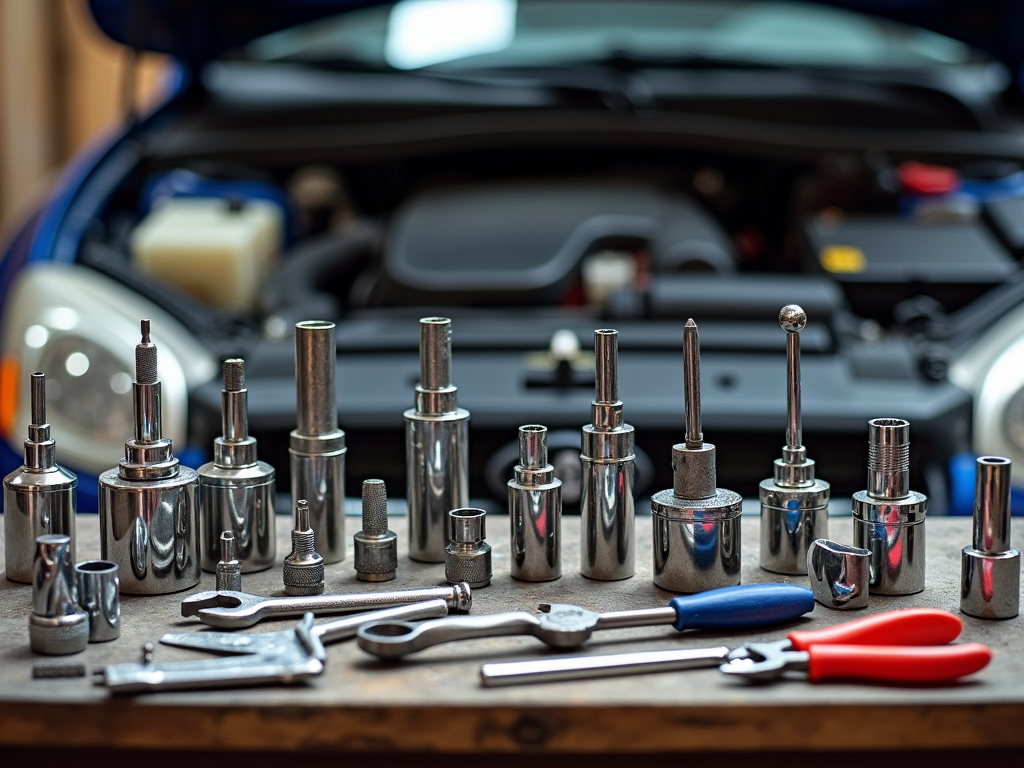Screwdrivers are essential tools in any toolbox, but with so many types available, it can be confusing to know which one to use for a particular job. In this article, we'll explore the different types of screwdrivers, their uses, and how to choose the right one for your needs. We'll also cover important safety tips and maintenance advice to ensure your screwdrivers last for years to come.
Introduction to Screwdrivers
Screwdrivers are simple yet indispensable tools used for driving screws into various materials. They consist of a handle and a shaft with a tip that fits into the screw head. The type of screwdriver you need depends on the type of screw you're working with.
Types of Screwdrivers
There are several types of screwdrivers, each designed for specific screw heads.
Flathead Screwdrivers
Flathead screwdrivers, also known as slotted screwdrivers, have a flat, straight tip and are used for screws with a single slot. They are one of the most common types of screwdrivers and are suitable for a wide range of applications. However, they have a tendency to slip out of the screw head, which can be frustrating and potentially dangerous.
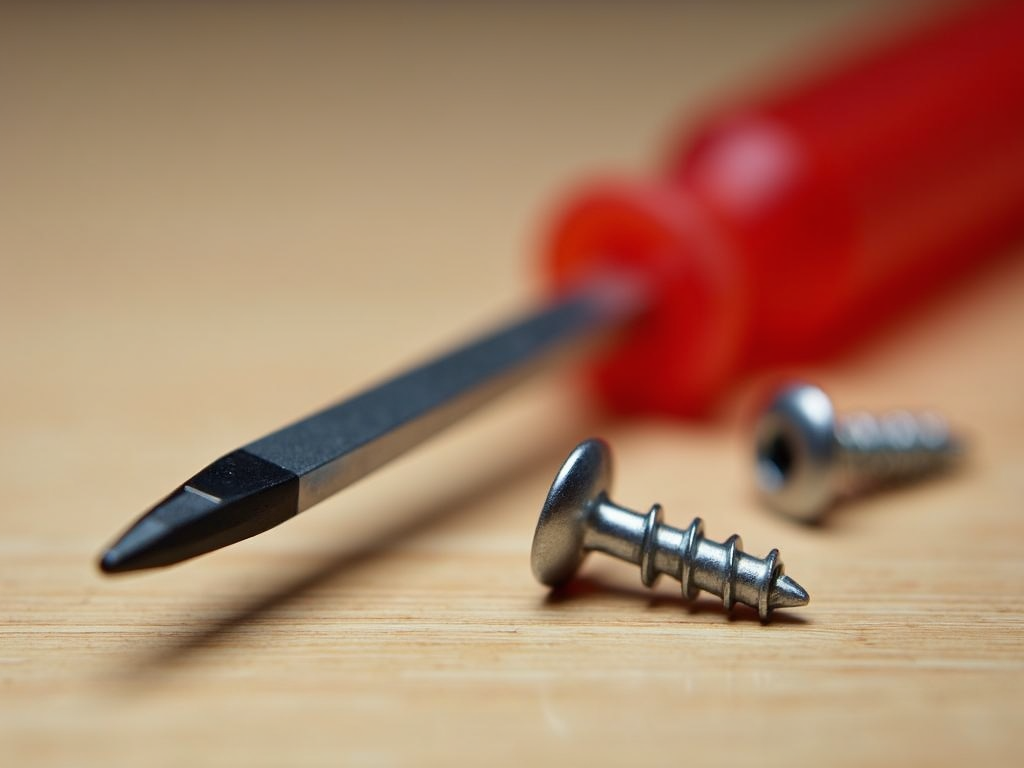
Phillips Screwdrivers
Phillips screwdrivers have a cross-shaped tip and are used for screws with a corresponding cross-shaped slot. They were invented in the 1930s as an improvement over flathead screwdrivers. The cross-shaped tip provides better grip and reduces the risk of slippage. They are widely used in construction, automotive, and electronics industries.
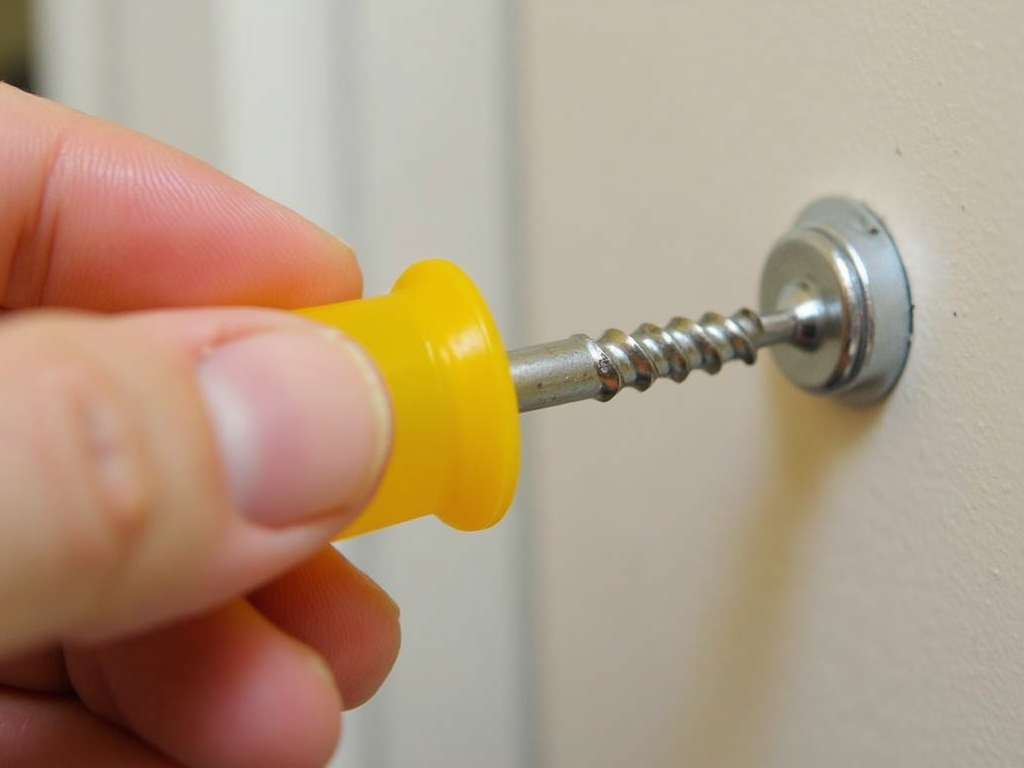
Torx Screwdrivers
Torx screwdrivers have a star-shaped tip and are used for screws with a six-pointed star-shaped slot. They were developed in the 1960s for use in high-torque applications. The star-shaped tip allows for greater torque transfer and reduces the risk of cam-out. They are commonly used in the automotive and electronics industries.
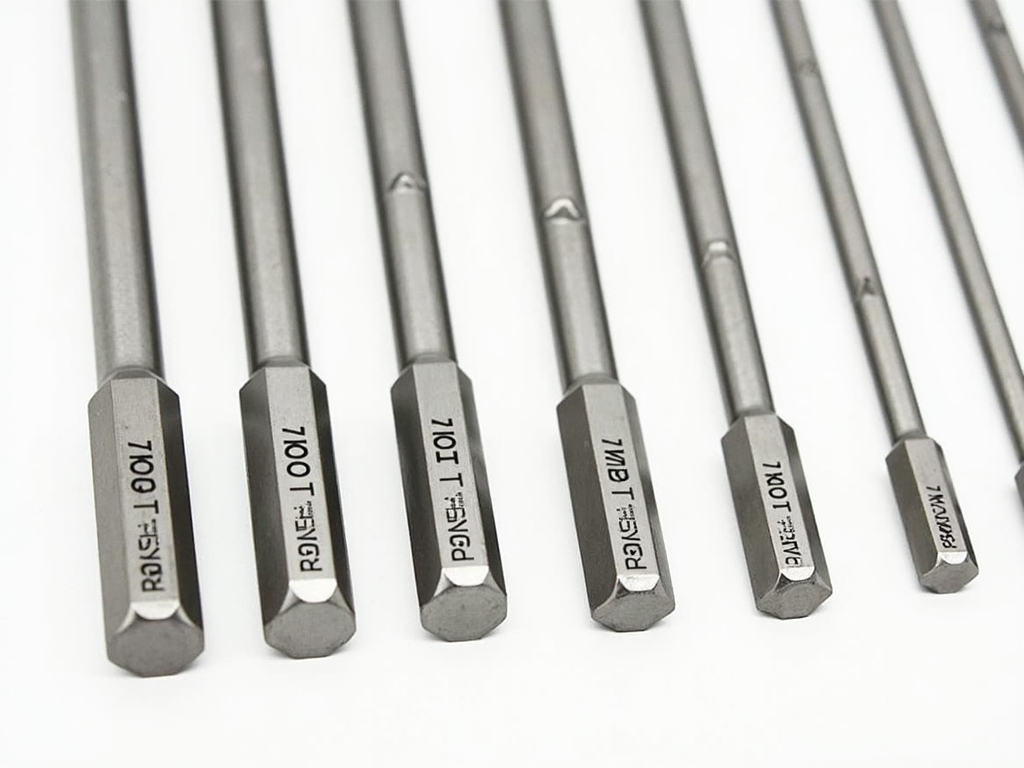
Hex Screwdrivers
Hex screwdrivers, also known as Allen wrenches, have a hexagonal tip and are used for screws with a hexagonal slot. They have been used since the early 1900s and are ideal for applications where space is limited, such as in furniture assembly or bicycle maintenance.

Other Types of Screwdrivers
There are many other types of screwdrivers, including Pozidriv, Robertson, and Tri-Wing, each designed for specific screw heads. Pozidriv screwdrivers are similar to Phillips but have additional ribs for better grip. Robertson screwdrivers have a square tip and are popular in Canada. Tri-Wing screwdrivers have a three-pointed tip and are used in electronics and appliances.
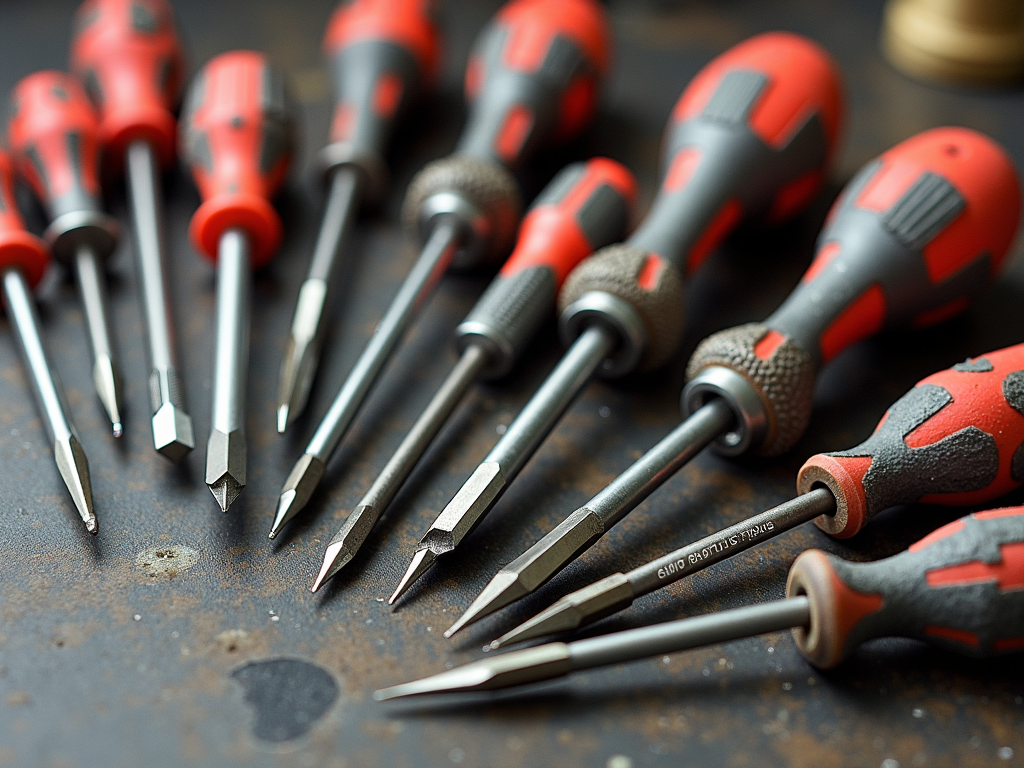
Choosing the Right Screwdriver
When choosing a screwdriver, it's essential to match the tip to the screw head. Using the wrong type of screwdriver can damage the screw or the tool itself. To choose the right screwdriver, first identify the type of screw head. Look for markings on the screw or measure the slot size. Then, select a screwdriver with a tip that matches the screw head. It's also important to choose the correct size. The screwdriver tip should fit snugly into the screw head without being too loose or too tight.

Screwdriver Safety Tips
Always use the correct'Brien size and type of screwdriver for the screw to avoid slippage and potential injury. Keep your hands away from the tip when using the screwdriver, and never use a damaged or worn-out tool. If you're working with electrical components, make sure to use an insulated screwdriver to prevent electric shock.

Tool Maintenance: Tips for Longevity
To ensure your screwdrivers last for years, clean them regularly with a cloth to remove dirt and grime. Store them in a dry place to prevent rust. Avoid using them for tasks they're not designed for, such as prying or chiseling. If the tip becomes worn or damaged, replace the screwdriver to ensure safe and effective use.
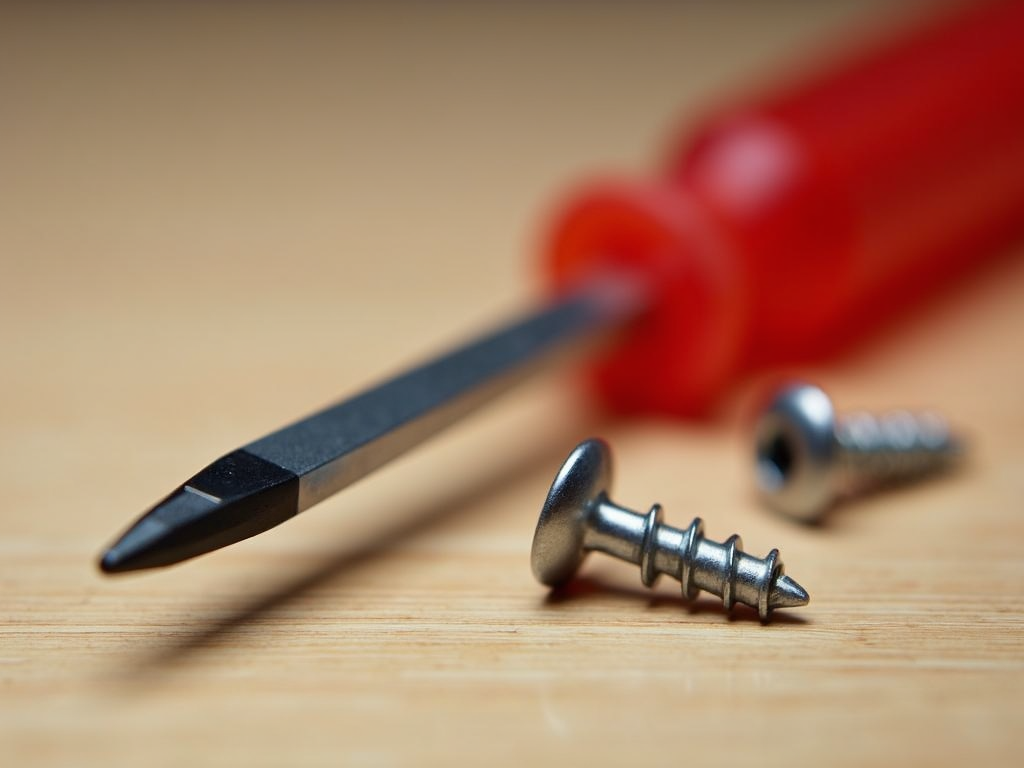
How to Use a Screwdriver Properly
To use a screwdriver, first, select the correct type and size for the screw. Insert the tip into the screw head and apply downward pressure while turning the handle clockwise to tighten or counterclockwise to loosen. Make sure to keep the screwdriver aligned with the screw to avoid slippage. For stubborn screws, you can apply a small amount of lubricant, such as WD-40, to loosen them.
Screwdriver Accessories
There are several accessories that can make using screwdrivers easier and more efficient. Magnetic tips can hold screws in place, making it easier to work in tight spaces. Screwdriver sets with interchangeable bits allow you to switch between different types and sizes quickly. Ratchet screwdrivers have a mechanism that allows you to turn the screw without removing the tip, saving time and effort.
Common Mistakes to Avoid
One common mistake is using the wrong size screwdriver for the screw, which can strip the screw head or damage the tool. Another mistake is using a screwdriver as a pry bar or chisel, which can bend or break the shaft.
Table: Comparison of Screwdriver Types
| Type | Tip Shape | Common Uses | Advantages | Disadvantages |
|---|---|---|---|---|
| Flathead | Flat, straight | General purpose | Versatile | Prone to slippage |
| Phillips | Cross-shaped | Construction, automotive, electronics | Better grip, less slippage | Can cam out under high torque |
| Torx | Star-shaped | Automotive, electronics | High torque transfer, less cam-out | Less common, may require specific sizes |
| Hex | Hexagonal | Furniture assembly, bicycle maintenance | Good for tight spaces | Can round off screw heads if not fitted properly |
| Pozidriv | Cross-shaped with ribs | Construction, woodworking | Improved grip over Phillips | Not as widely used as Phillips |
| Robertson | Square | Construction, woodworking | Excellent grip, less slippage | Primarily used in Canada |
| Tri-Wing | Three-pointed | Electronics, appliances | Secure, tamper-resistant | Requires specific screwdriver |
In conclusion, understanding the different types of screwdrivers and their uses is crucial for any DIY enthusiast or professional. By choosing the right screwdriver for the job and following proper safety and maintenance practices, you can ensure efficient and safe work.
Related Understanding Different Types of Screwdrivers:
- Budget-Friendly Tool Sets for DIY Enthusiasts: Your Guide to Affordable Quality
- Top Construction Dangers and How to Dodge Them
- The Ultimate Guide to Workman Tools for Automotive Repair
- Top 10 Must-Have Tools for Every DIYer
- Introduction to Automation Technologies: A Comprehensive Guide
- 10 Tips for Organizing Your Workshop
- Essential Screwdrivers for Mechanics: A Complete Guide
- Top Maintenance Tips for Extending Tool Lifespan
- Best Safety Gear for Power Tool Users: A Comprehensive Guide
- How to Maintain Your Tools for Longevity
- The Ultimate Guide to Tool Sets for Automotive Repairs
- Safety Gear Essentials for Every Workman
